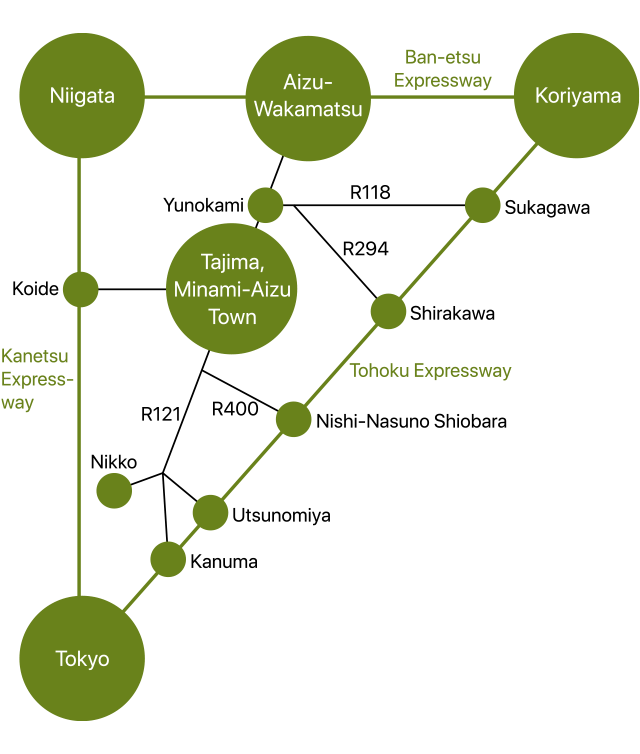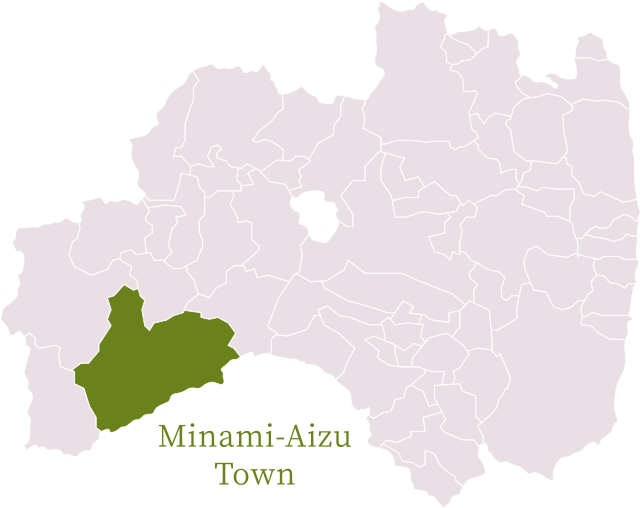
About Minamiaizu Town
Minamiaizu Town is located in the southwest part of Fukushima prefecture along the border of Tochigi Prefecture. It is surrounded by many mountains that range from 1,000 to 2,000 meters above sea level. The municipality of Tajima and villages of Ina, Nango, and Tateiwa merged to form Minamiaizu Town in March 20, 2006. It is a place that is considered as the southern gateway to the Aizu region because of its position of about 45km from the Aizuwakamatsu City (from Minamiaizu Town Hall to Aizuwakamatsu City Hall).Minamiaizu Town has a history that stretches far into the past. It is believed that people have been living in the region since the Jomon period because of archeological finds like paleoliths. The Shigiyama Castle was built in the Tajima area as a domain of the Naganuma clan during the Kamakura period. Later, in the Edo period, Tateiwa, Ina, and Nango area all came under the direct control of the shogunate as an “Okurairi”. From that point, it flourished as a stop on the Aizunishikaido route.
Minamiaizu is 43km east-to-west, 38km north-to-south, with a total area of 886.47km², and just about 92% of that space is covered in forest. It has the climate of the Japan Sea side characterized by its relatively bearable summer. However, it can be harsh in the winter due to snowfall.
Because Minamiaizu Town is surrounded by nature, it has many interesting products made by cohabitating with the environment such as delicious food and Japanese sake brought about by the bounties of nature.
Recommendedspotsin Minamiaizu
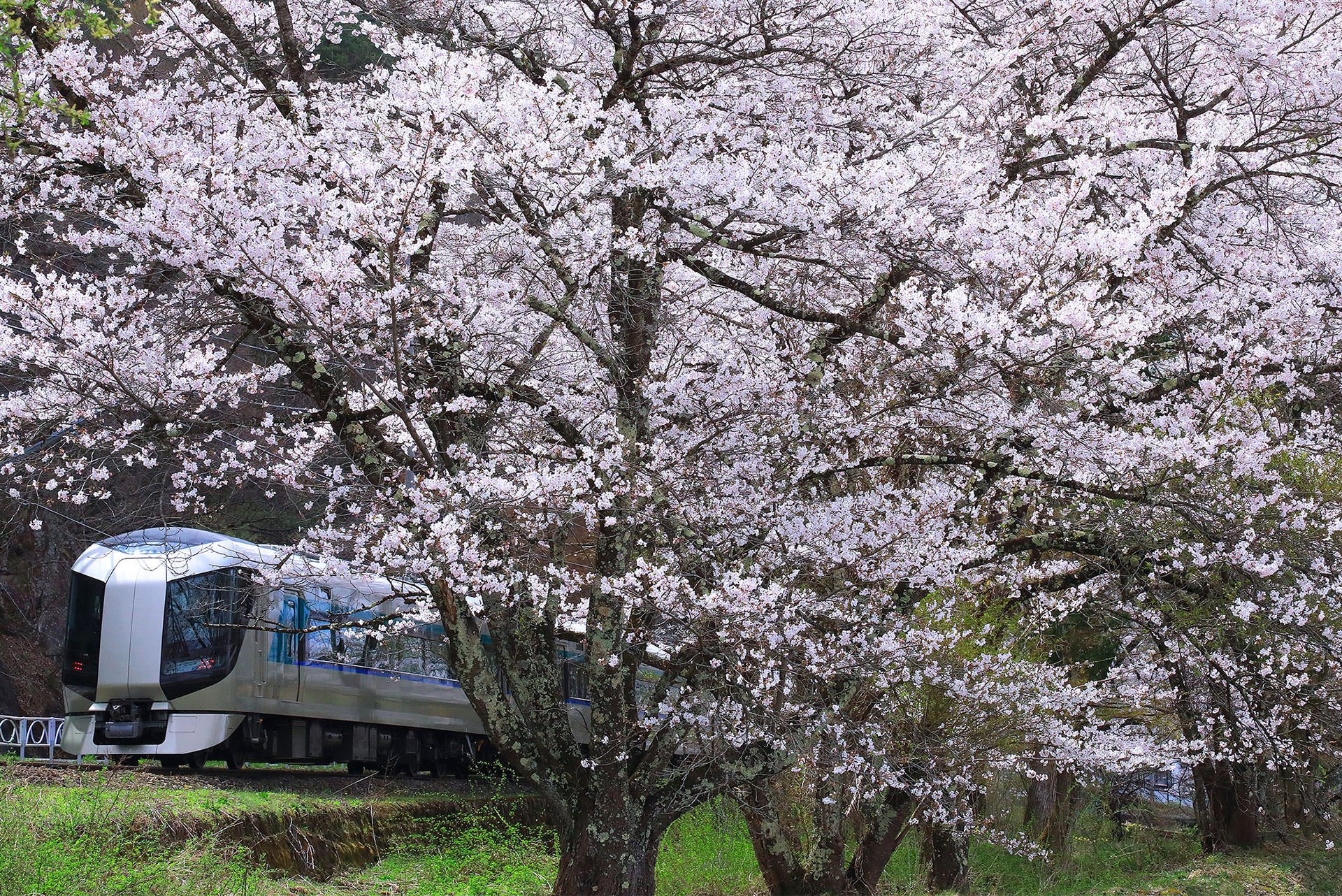
-
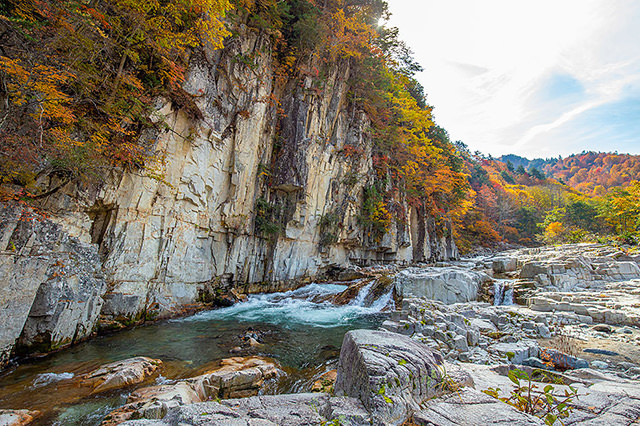
Byobuiwa Crags
A strangely shaped rock towering along Ina River. This strange/mysterious rock that was shaped for a long period of time by the rapids of the Ina River towers as if it’s reaching for the heavens, creating a fascinating view. It’s a popular place that is visited by many people to take pictures because of its bare white rock surface that is even more photogenic during the autumn foliage season. It’s a recommended spot to stop by since it’s just along National Route 352 and there is a large parking lot.
-
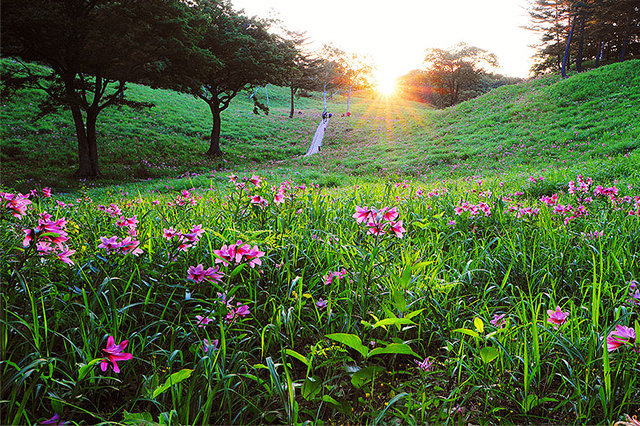
Takashimizu Natural Park
“Himesayuri (lilium rubellum)”, also called as “Otomeyuri”, is a precious plant that only grows in the Southern part of Miyagi Prefecture and Niigata Prefecture, Fukushima Prefecture, Iide Mountains that border Yamagata Prefecture, Mt. Azumasan, and surroundings of Sumondake. Its wild variety is categorized as a near-threatened species in the red list of the Ministry of the Environment.
The Takashimizu Natural Park where colonies of himesayuri flowers grow is said to be the most spacious natural park in Japan. One million himesayuri flowers grow wild across 7 hectares of land. Because it can be found at an elevation of 800m, it is also admired as the “Himesayuri of the Sky”.
Himesayuri can be seen from Mid-June to early July. Many people visit to see the pink and pretty flowers.
-
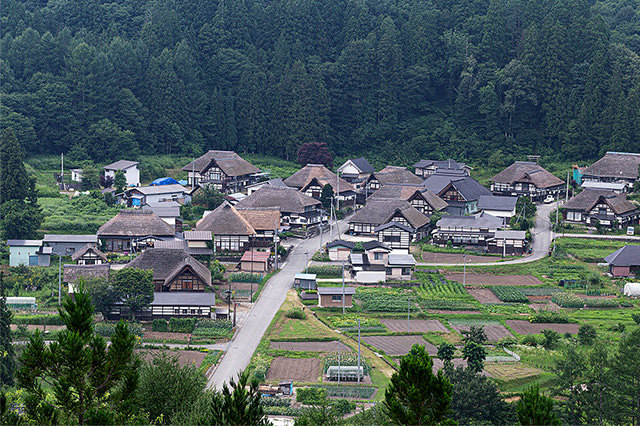
Maezawa Magariya Shuraku
(Maezawa L-shaped Farmhouses)At the end of the 16th century, a man called Takusai Kokatsunyudou, who was a vassal of Ujikatsu Yamanouchi, lord of the Yokota Castle, settled in this area and started the shuraku (community). Aside from the Magariya, there is also a restored watermill and the Magariya Museum that showcases folklore. It is a popular tourist spot where visitors can admire a traditional village scenery.
-
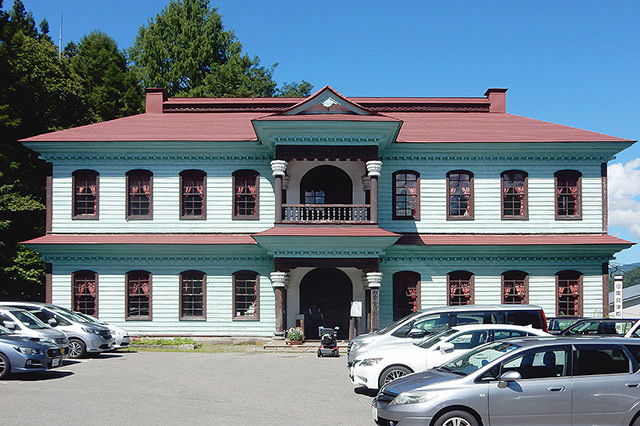
Old Minami Aizu Government Office
The Old Minami Aizu Government Office is a Giyofu architecture-style building that was built in Meiji 18 (1885) and designated as an Important Cultural Property of Fukushima Prefecture in Showa 46 (1971). It was the largest government office in the prefecture at the time it was built during the early Meiji period that featured columns reminiscent of Greek architecture and arched transom window made of stained-glass. Exhibited in the building are the background of the government office, artifacts and documents from the Shigiyama Castle Ruins, historical records of Minamiyama Okurairi Sodo (Peasant Uprising), and others.
MinamiaizuEvents
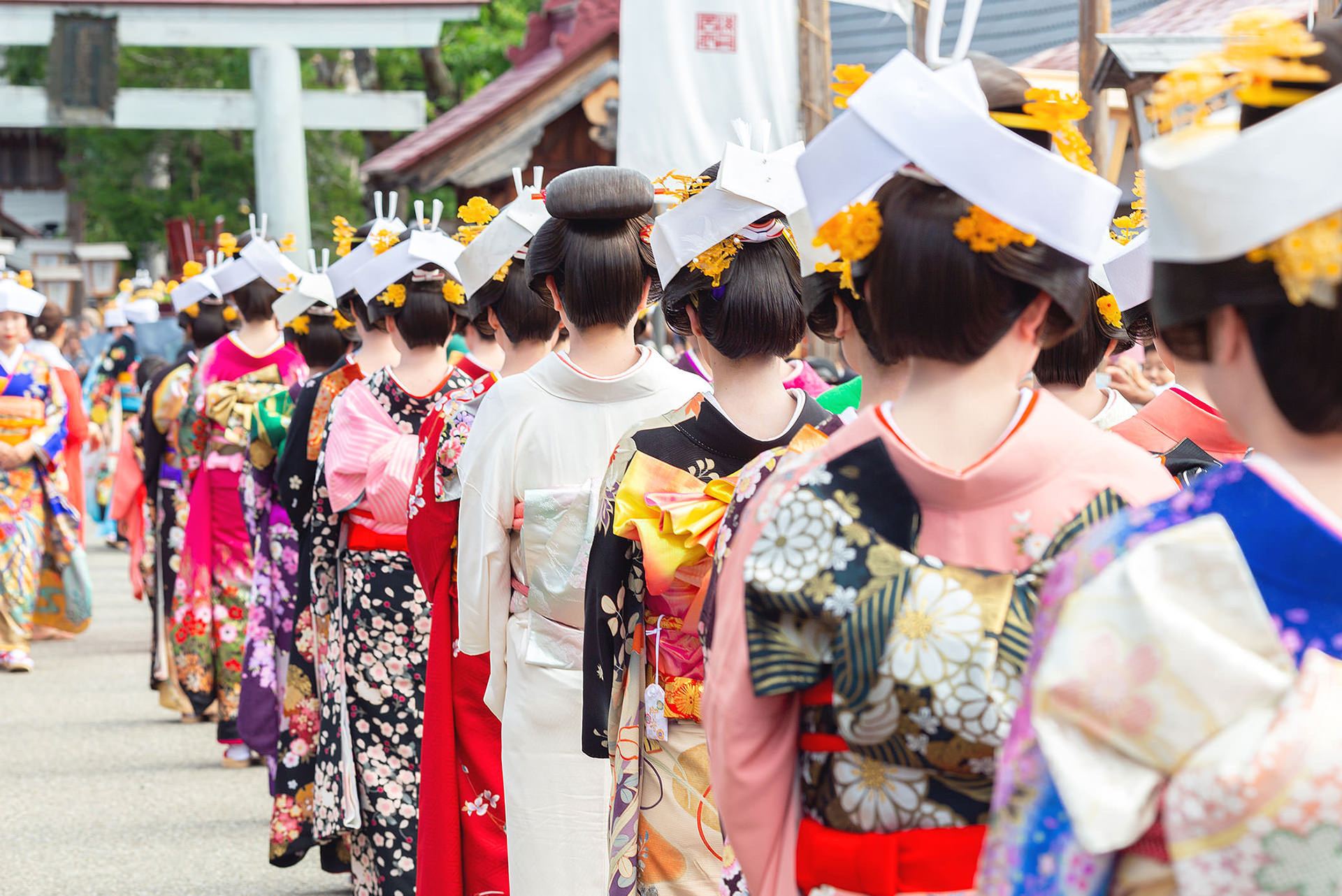
-
July 22 to 24
Aizu-Tajima Gion Festival
“Aizu-Tajima Gion Festival” is a symbolic event for Minamiaizu and it is recognized as one of Japan’s three best Gion festivals. It is a traditional event with about 800 years of history that is also designated as a National Important Intangible Folk Cultural Property. The festival is held every year from July 22 to July 24. One of its highlights is the Nanahokai-Gyoretsu which is also known as the “Hanayome-Gyoretsu (Bridal Procession)”, a very gorgeous event that many people visit to take photos.
-
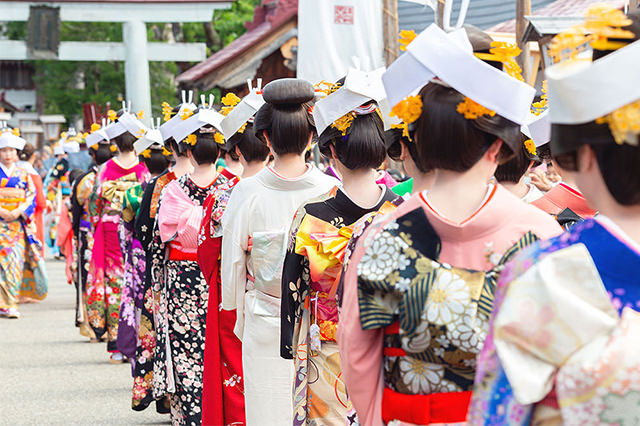
Nanahokai-Gyoretsu
Nanahokai-Gyoretsu is a sacred procession to bring offerings from the people under the protection of the local deity and present them to the god of local shrines. These offerings are carried by a long line of about 40 women wearing gorgeous traditional Japanese bridal wear, turning the solemn impression of the Shinto ritual into solace and warmth.
-
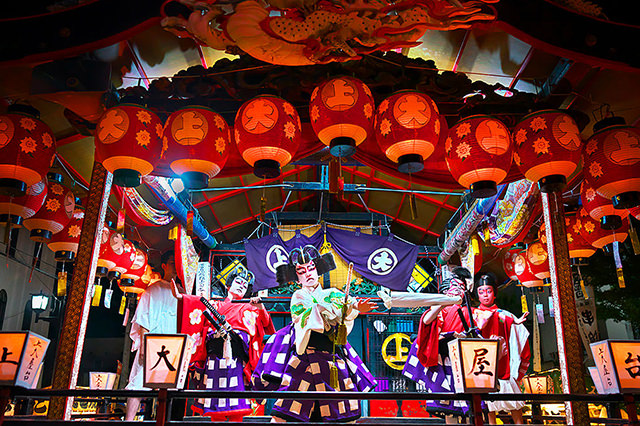
Yatai-Kabuki
The Yatai-Kabuki was revived in Heisei 6 (1994) after several years of hiatus and it now has 4 performances. As a model of local performing arts that is popular all over the country, it is currently being performed outside of the prefecture as well.
-
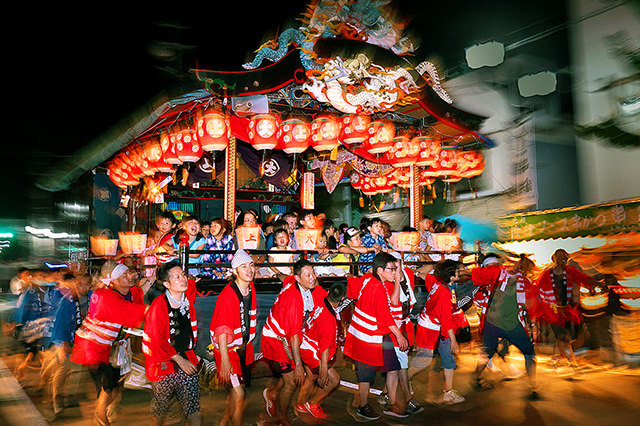
Oyatai-Unko
There are 4 yatai (festival stalls) that are moved around by men during the Gion Festival while children are riding them. These impressive yatai, also called kenka-yatai, are maneuvered by men called sewanin (stewards) in a manner that reflects the enthusiasm that they offer to the yatai.
-
2nd Saturday of September every year,Sunday
Furumachi no Matsuri
(Furumachi Festival)Hirose Shrine’s festival began in the first year of Tenna (1681) as a festival for Furumachi’s local diety Harugo Gongen. In addition to that, it is a festival where street stalls are set up and parts of the national road are closed to hold omikoshi togyo procession, live performances, events, and Inahonen Odori (Good Harvest Dance).
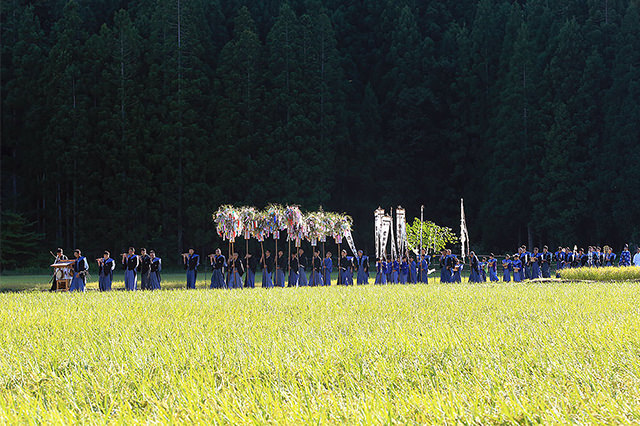
-

MinamiaizuFood
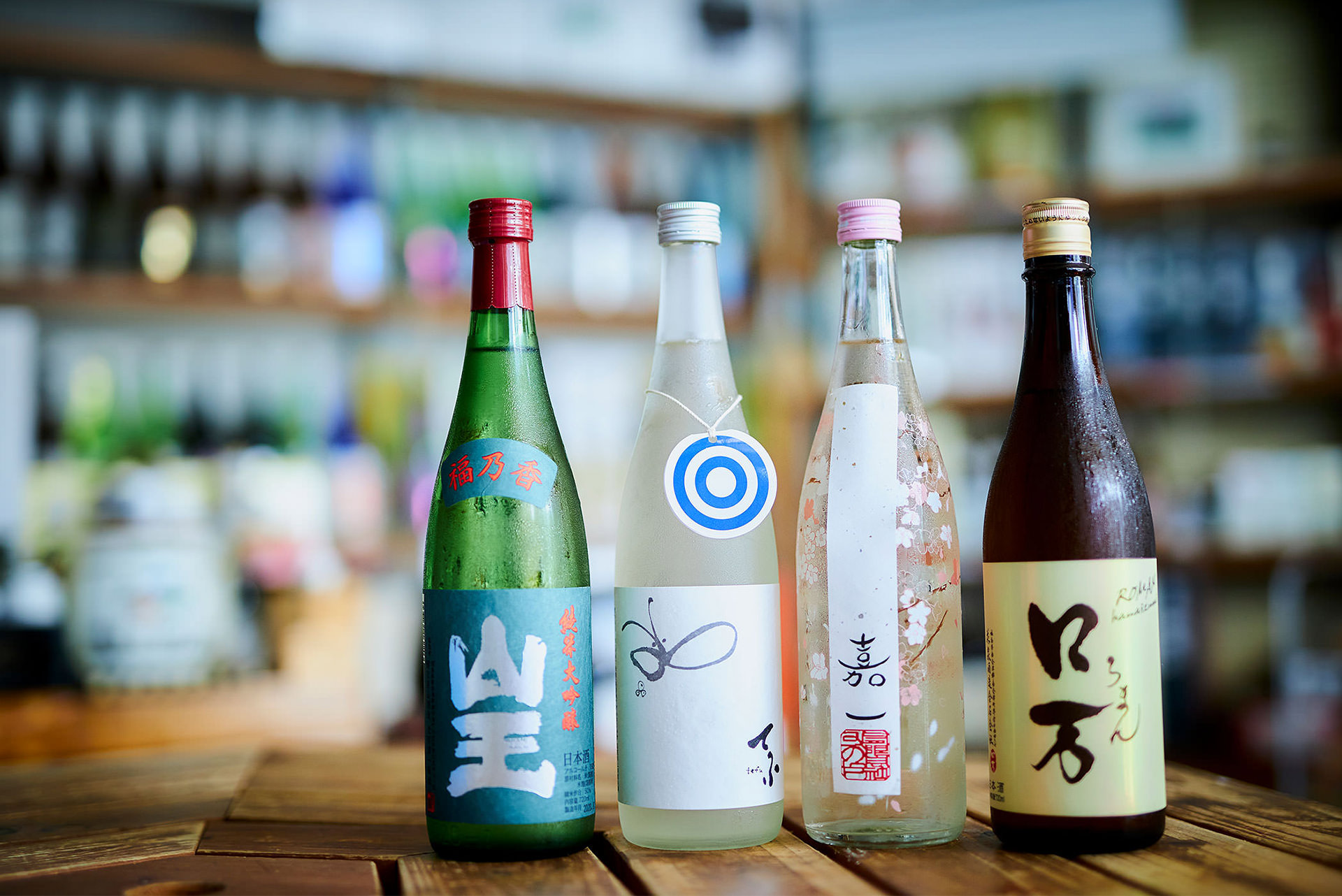
-
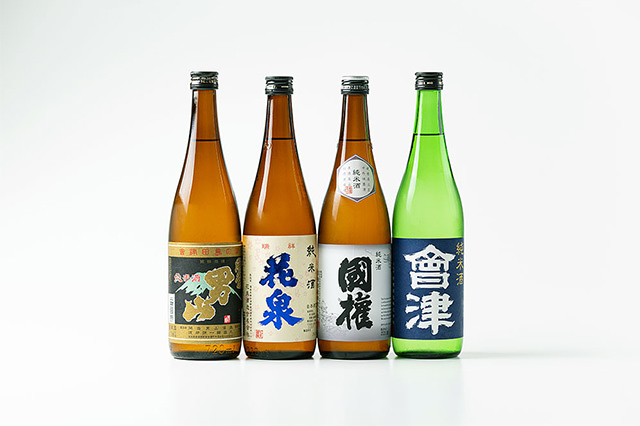
Sake
There are four sake breweries in Minamiaizu, each producing their own Japanese sake with unique flavors: Aizu Brewery, Kaito Otokoyama Brewery, Kokken Brewery, and Hanaizumi Sake Brewery. Minamiaizu boasts great local sake thanks to the area’s fresh air, water, and rice. Most of the sake made by these four breweries is consumed locally and only a small number of bottles are circulated outside of the prefecture. It is a clear sign of just how much the community treasures this locally-made Japanese sake.
-
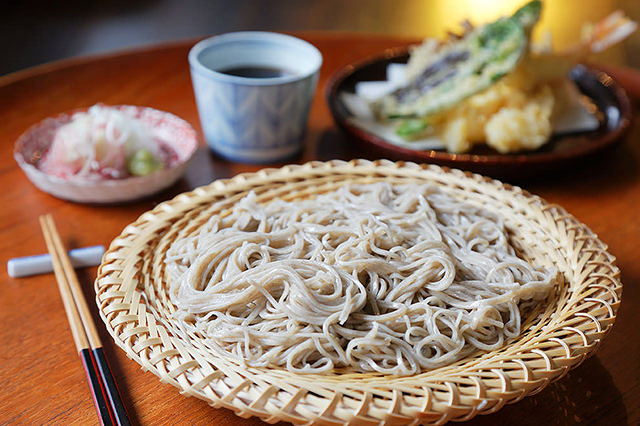
Soba
Minamiaizu sits at a particularly high elevation, between 500m and 800m, and the area is sometimes referred to as the “Aizu Highlands”, a perfect location to grow delicious soba. During summer, the soba fields bloom beautifully into a carpet of small, white flowers.
-
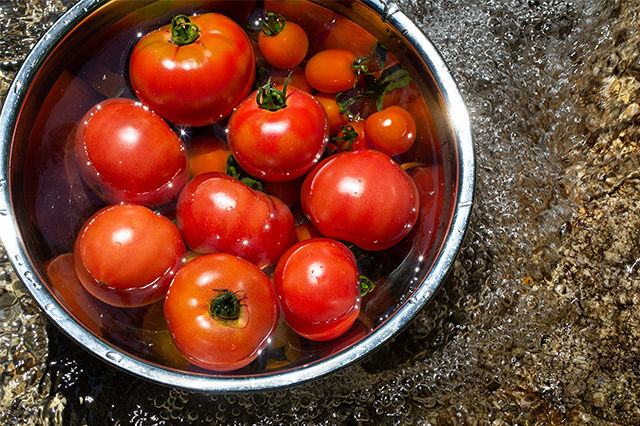
Vegetables
The Aizu Highlands, surrounded by mountain peaks, create an ideal environment for growing vegetables that thrive at higher elevations. Minamiaizu is the place to indulge in the freshest seasonal produce like thick stalks of flavorful asparagus and Nango’s famous tomatoes.
MinamiaizuOnsen
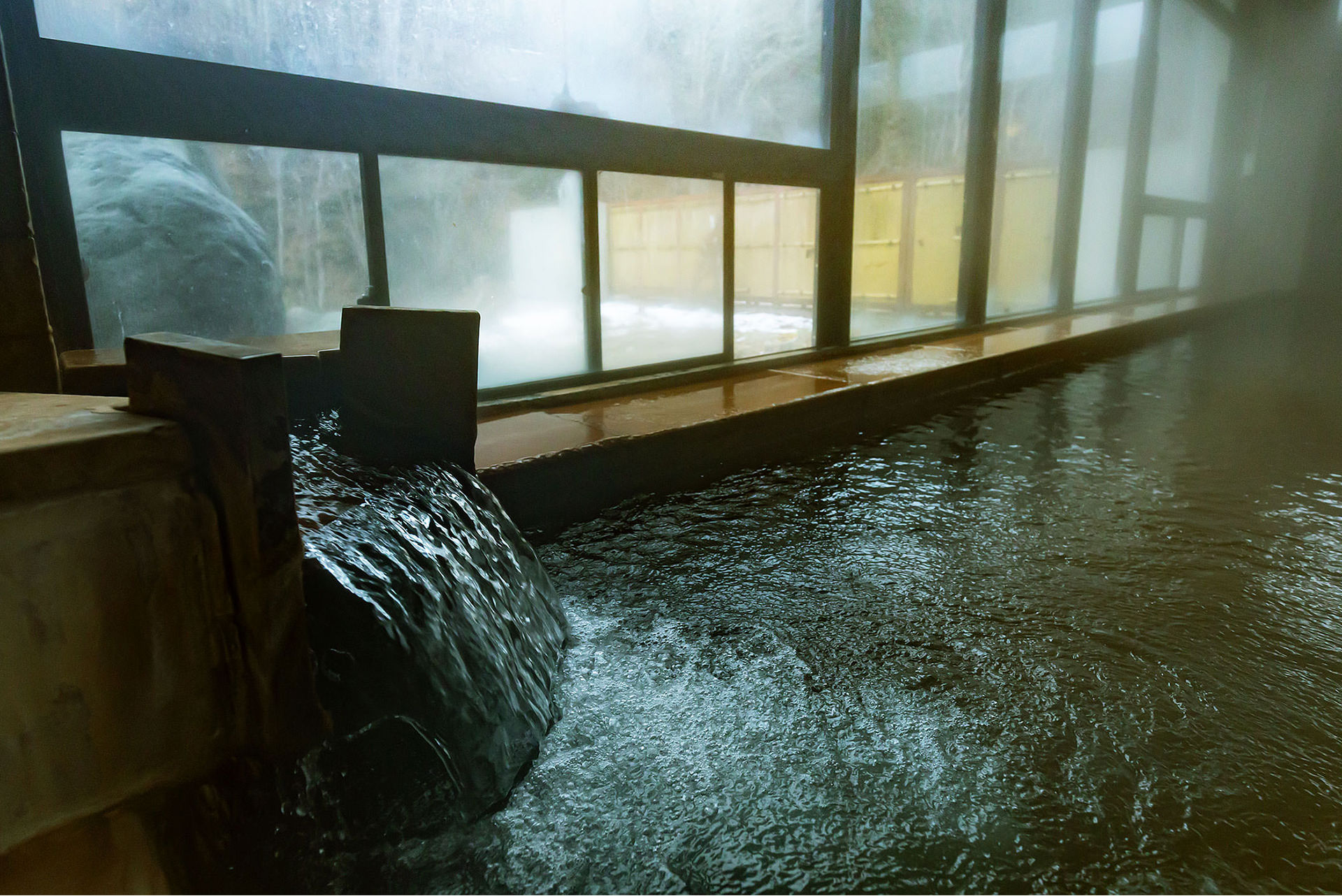
-
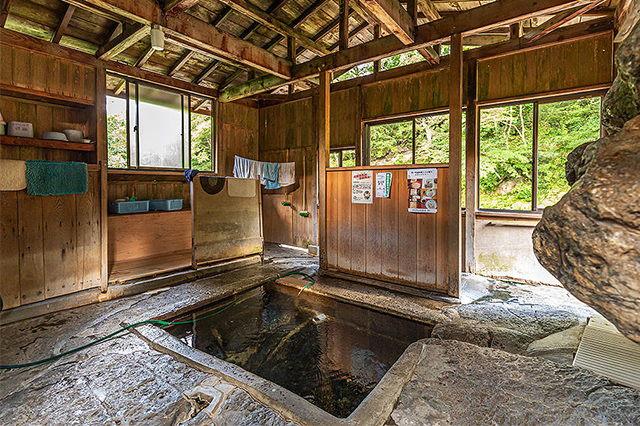
Yunohana Onsen
Yunohana Onsen is an onsen located in the Tateiwa area that is said to be discovered about 700 years ago during the Kamakura period. It is the perfect onsen town for onsen hopping because there are ryokan (Japanese-style inn), guest houses, and communal baths.
-
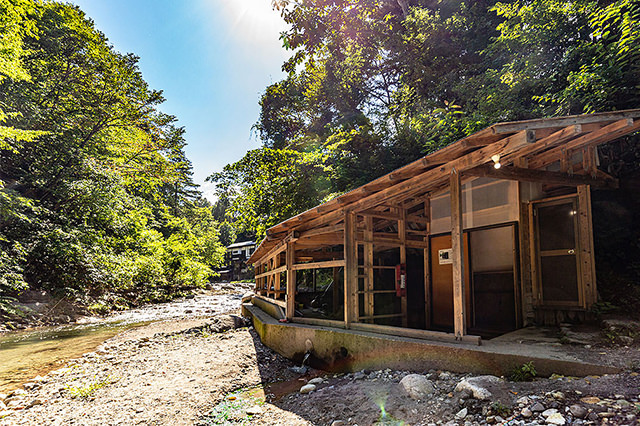
Tokusa Onsen
This onsen was discovered about 1,000 years ago. There is a legend that a samurai healed his sword wound by soaking in this hidden hot spring of Nishinegawa-keikoku. Tokusa Onsen derives its name from the tokusa (common horsetail plant) which is abundant in the region. It is widely known as the hamlet of the hidden onsen with 5 ryokan (Japanese-style inn) and guest houses.
MinamiaizuActivities
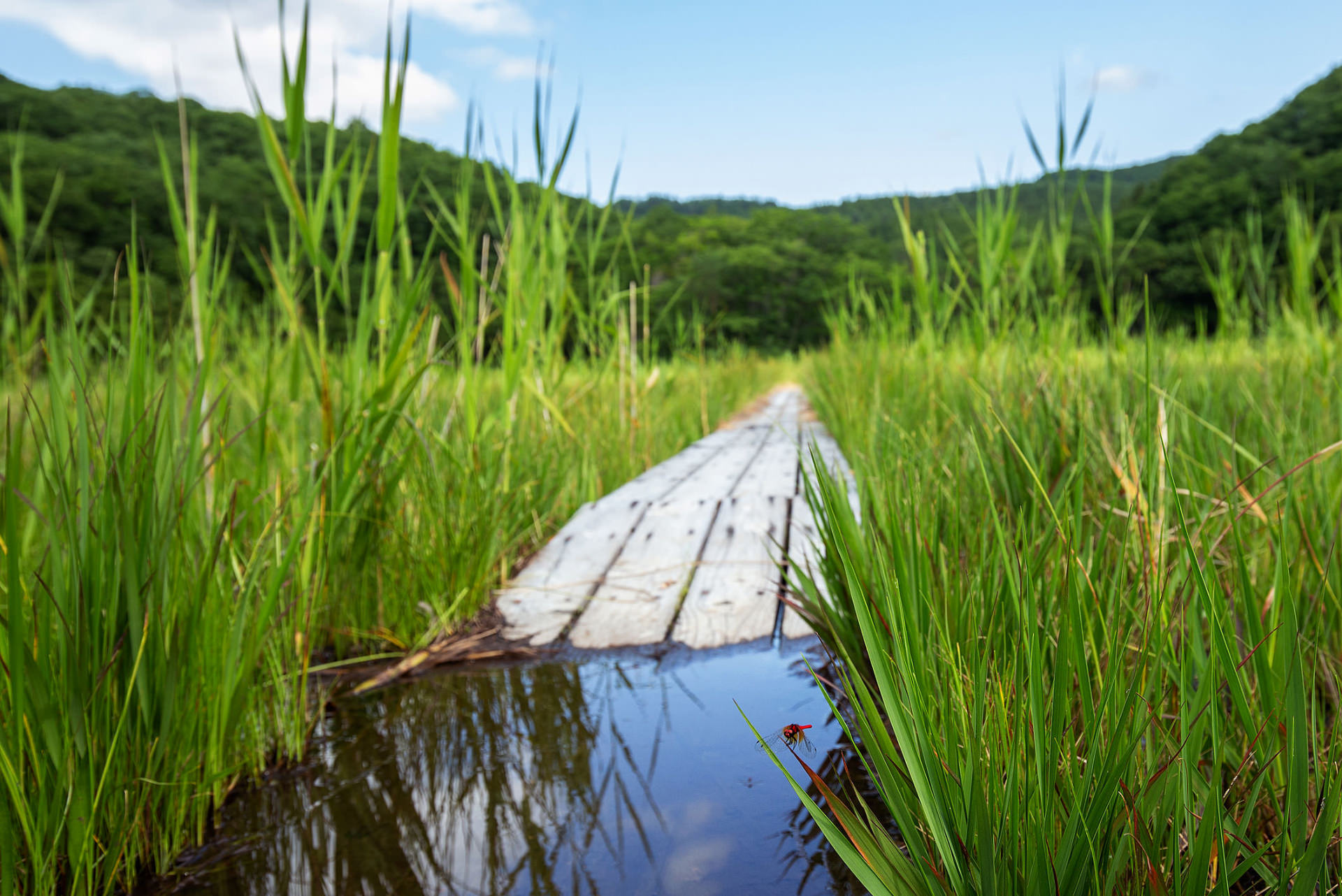
-
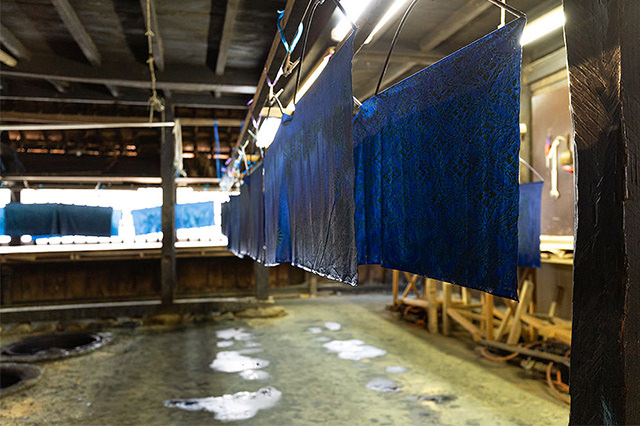
Aizome (Japanese Indigo)
Dyeing ExperienceAizome, Minamiaizu’s traditional craft. Visitors can try out aizome dyeing inside an old-fashioned Japanese kominka house at the Okuaizu Museum called the “someya” under the thatched roof. This is a valuable program that allows visitors to experience the culture of aizome that is now rare in Japan due to advancements in technology. The hand towel or handkerchief that you dye will undoubtedly become a treasured keepsake! Travel back in time with this experience for a close encounter with traditional Japanese culture.
-
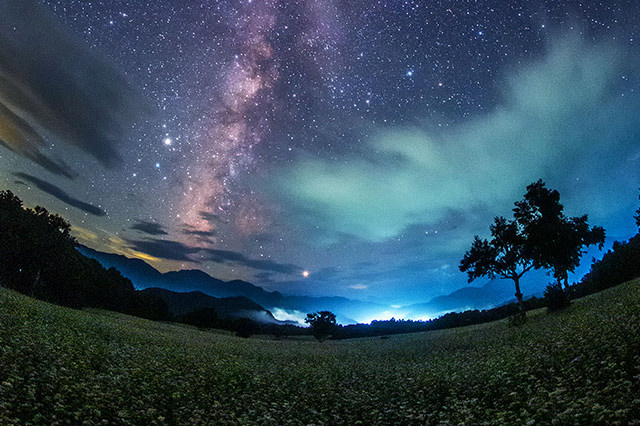
Stargazing
The high elevation and clean air of Minamiaizu mean that on clear nights, the sky fills with bright stars perfect for stargazing. There are also “HOSHINAJO” stargazing events where you can borrow high-caliber telescopes and binoculars to get an even better look at the heavens without having to bring anything.
-
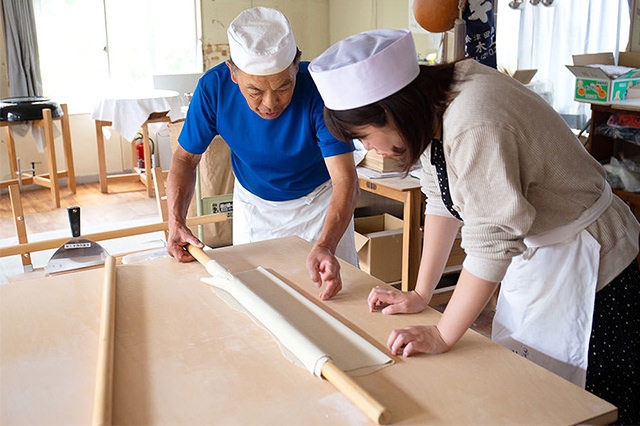
Soba-making Experience
Minamiaizu is called the “Village of Soba” where restaurants serving soba line the streets. You can even try making delicious soba noodles yourself! There are several dojos around town where you can learn the art of making soba noodles and taste the results of your own efforts.
-
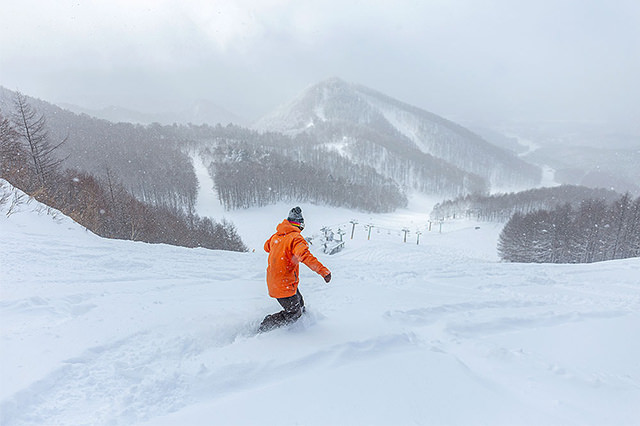
Snow Sports
Minamiaizu’s ski hubs have the best powder snow! There are four different ski hubs in Minamiaizu so it’s easy to find a spot that matches your skill level to have a great time.
Access
The shortest route from Tokyo

Tohoku Expressway private car course

-
 Via train
Via trainAbout 3 hours and 15 minutes from the Tobu Asakusa Station to Aizu-Tajima Station via Kinugawa
The Limited Express Revaty is recommended to reach Aizu-Tajima Station in just one train without transferring -
 Via car
Via car91km along R121 from Utsunomiya IC via Imaichi
Another option is 56km along R121 from Nishinasuno IC via R400 Shiobara / Kamimiyori
